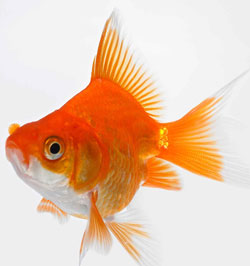What type of pet?

Popular pets in Australia include cats, dogs, birds, rabbits, guinea pigs and fish. More unusual pets can include reptiles, ferrets, and even stick insects.
Safer pets for classrooms include robust species that are not as sensitive to noise and movement. All animals need to be able to choose to retreat from contact with people.
Choose a pet that will suit the classroom environment. For instance:
- Consider animals such as insects. They display interesting behaviours and can teach children about conservation, biology and adaptation. They do not have the same type of central nervous systems as fish, amphibian, reptiles, birds or mammals. They are also not considered sentient — able to suffer pain and fear.
- What animals are you already familiar with? Caring for a new species for the first time is time consuming.
- What sort of housing can you provide?
- Are you prepared to have more than one pet? Some types of animals, such as birds and guinea pigs, need the company of each other to stay happy and healthy.
- How much money can you afford to spend on your pet? All pets are expensive — even animals that are cheap to purchase, like fish, birds and guinea pigs, can cost a lot of money when it comes to housing, food and medications.
- Choose animals that will not suffer extremes of temperature when the heating or cooling are turned off. Amphibians and reptiles often need a dedicated heat source. Guinea pigs, rats and mice do not cope with warm temperatures.
- Nocturnally active animals may not be the best choice for observation and interaction during the school day.
- What ages are the students? Some types of pets tolerate young children better than others.
Learn more about different types of pets:
- On this website you'll find a series of resources on providing the best care for your pets, including birds, rabbits, fish, guinea pigs, rats and mice, amphibians and reptiles.
- Keeping wildlife at school requires an approved native species permit. No wildlife can be taken from or released to the wild. Our animals in schools page provides more information.
- Search online for information about different types of pets. Try to make sure that information comes from a reputable, unbiased source.
- Speak to your local vet, animal welfare shelter, or people you know or meet who own the particular pet or breed you are considering.
Once you have decided on the most suitable pet for your classroom, it's time to make it into a pet-friendly home.
Page last updated: 24 Nov 2025